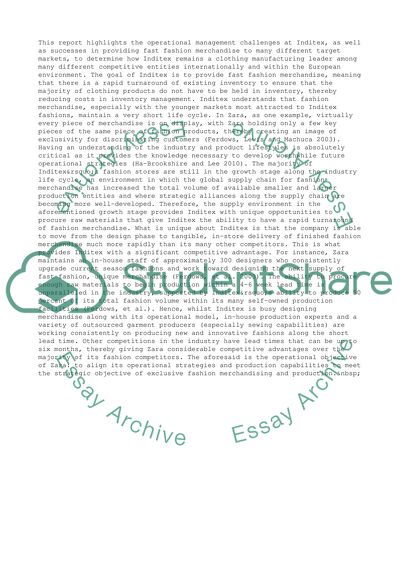Cite this document
(“Operations Management Principles - The operational Management Essay”, n.d.)
Operations Management Principles - The operational Management Essay. Retrieved from https://studentshare.org/business/1490292-operations-management-principles-the-operational
Operations Management Principles - The operational Management Essay. Retrieved from https://studentshare.org/business/1490292-operations-management-principles-the-operational
(Operations Management Principles - The Operational Management Essay)
Operations Management Principles - The Operational Management Essay. https://studentshare.org/business/1490292-operations-management-principles-the-operational.
Operations Management Principles - The Operational Management Essay. https://studentshare.org/business/1490292-operations-management-principles-the-operational.
“Operations Management Principles - The Operational Management Essay”, n.d. https://studentshare.org/business/1490292-operations-management-principles-the-operational.


